The earliest mathematical instruments include the Lebombo bone (around 40,000 BC, South Africa, see Figs. 1–4) and the Ishango bone (20,000 BC, Congo, see Fig. 5).
The following summary is taken from Francesco d’Errico, Lucinda Backwell, Paola Villa, Ilaria Degano, Jeannette J. Lucejko, Marion K. Bamford, Thomas F. G. Higham, Maria Perla Colombini, and Peter B. Beaumont: Early evidence of San material culture represented by organic artifacts from Border Cave, South Africa, published in: PNAS, August 14, 2012, volume 109, no. 33, pages 13214–13219:
“Recent archaeological discoveries have revealed that pigment use, beads, engravings, and sophisticated stone and bone tools were already present in southern Africa 75,000 years ago. Many of these artifacts disappeared by 60,000 years ago, suggesting that modern behavior appeared in the past and was subsequently lost before becoming firmly established. Most archaeologists think that San hunter–gatherer cultural adaptation emerged 20,000 years ago. However, reanalysis of organic artifacts from Border Cave, South Africa, shows that the Early Later Stone Age inhabitants of this cave used notched bones for notational purposes,wooden digging sticks, bone awls, and bone points similar to those used by San as arrowheads. A point is decorated with a spiral groove filled with red ochre, which closely parallels similar marks that San make to identify their arrowheads when hunting. A mixture of beeswax, Euphorbia resin, and possibly egg, wrapped in vegetal fibers, dated to ∼40,000 BP, may have been used for hafting. Ornaments include marine shell beads and ostrich eggshell beads, directly dated to ∼42,000 BP. A digging stick, dated to ∼39,000 BP, is made of Flueggea virosa. A wooden poison applicator, dated to∼24,000 BP, retains residues with ricinoleic acid, derived from poisonous castor beans. Reappraisal of radiocarbon age estimates through Bayesian modeling, and the identification of key elements of San material culture at Border Cave, places the emergence of modern hunter–gatherer adaptation, as we know it, to ∼44,000 years ago.“
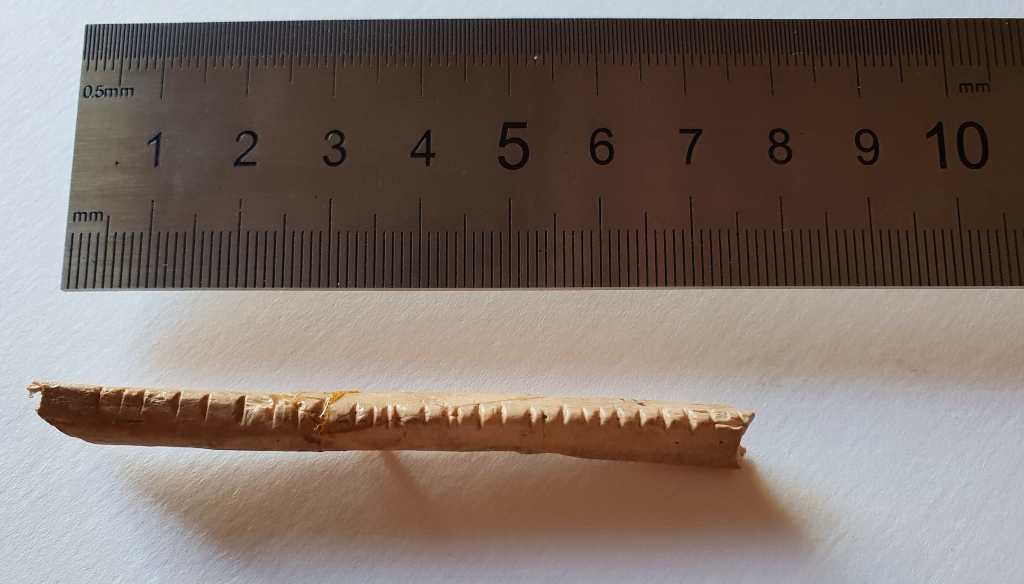
Fig. 1: Notched bone from Border Cave, Lebombo Mountains (1). Credit: Robert Hart, The McGregor Museum, Kimberley, South Africa

Fig. 2: Notched bone from Border Cave, Lebombo Mountains (2) Credit: Robert Hart, The McGregor Museum, Kimberley, South Africa
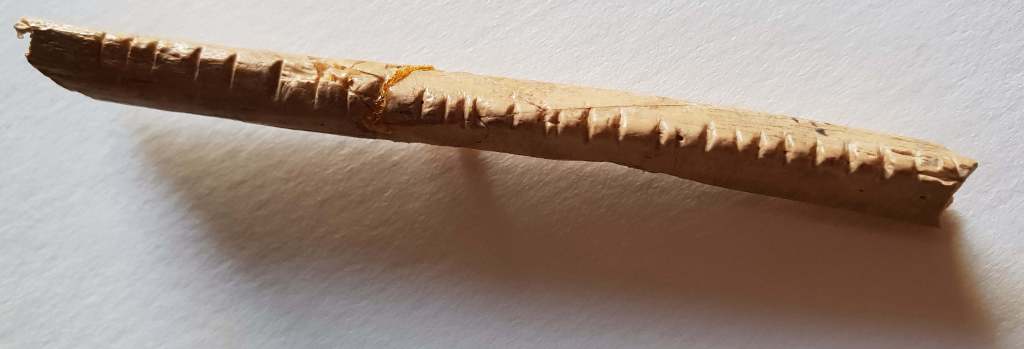
Fig. 3: Notched bone from Border Cave, Lebombo Mountains (3). Credit: Robert Hart, The McGregor Museum, Kimberley, South Africa
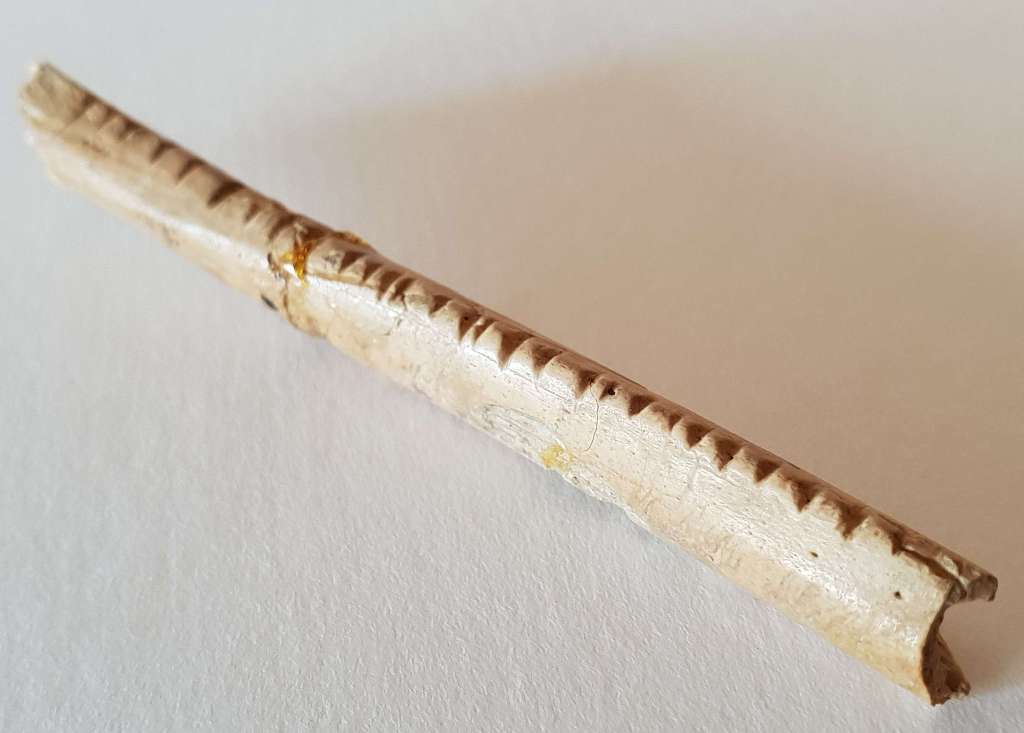
Fig. 4: Notched bone from Border Cave, Lebombo Mountains (4). Credit: Robert Hart, The McGregor Museum, Kimberley, South Africa
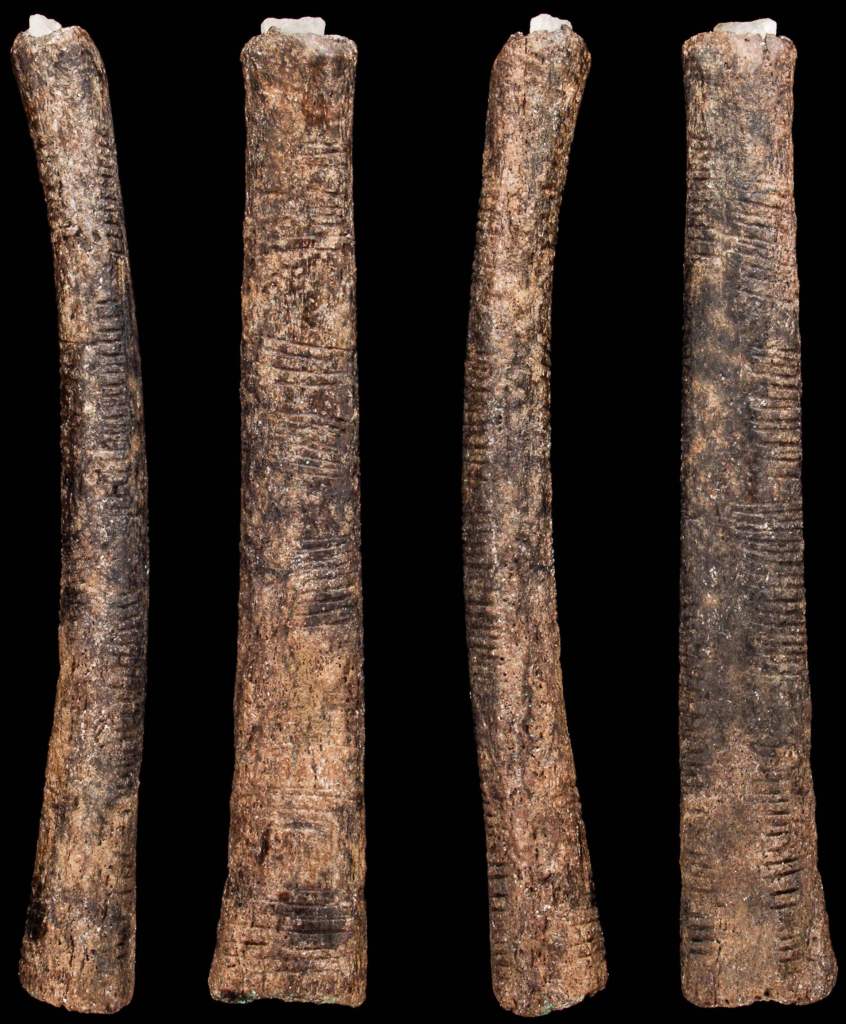
Fig. 5. The Ishango bone (viewed from four sides). The 10cm. long, 20,000-year-old bone was found in 1950 during excavations along the Congolese bank of Lake Edward. A sharp piece of quartz is affixed to one end (at the top). The bone is of mammalian origin. The grip of the tool exhibits 168 parallel notches in all, engraved on three sides, arranged in groups. Credit: Institut royal des Sciences naturelles de Belgique, Brussels
Note: To this day the meaning of the notches is not clear, although several explanations have been attempted (see Have you heard of Ishango?, Association pour la diffusion de l’information archéologique, Royal Belgian Institute of Natural Sciences, Brussels, year not given, 21 pages).
This post is the second in a series that presents selected technical marvels from the fields of computing technology, mathematics, astronomy, surveying, time measurement, looms, and automatons (automaton figures, chess-playing machines, musical automatons, automaton writers, drawing automatons, automaton clocks, picture clocks, globes, and historical robots). The examples are largely from the 15th to 20th centuries and do not claim to be exhaustive. In particular, artifacts are included for which high-quality illustrations are available. Most of the objects come from Europe, with a few from Africa, America, Asia, and Australia. The order is predominantly chronological. Famous names such as Archimedes, Hipparchus, Heron of Alexandria, Leonardo da Vinci, Galileo Galilei, John Napier, Jost Bürgi, Blaise Pascal, Gottfried Wilhelm Leibniz, and Charles Babbage are associated with these works. In some cases, however, the inventors are unknown (e.g. abacus, Antikythera Mechanism, yupana, quipu); see Technical Marvels – Communications of the ACM.
Acknowledgments
The author would like to thank Robert Hart for his permission to publish the photos of the Lebombo bone.
References
Francesco d’Errico, Lucinda Backwell, Paola Villa, Ilaria Degano, Jeannette J. Lucejko, Marion K. Bamford, Thomas F. G. Higham, Maria Perla Colombini, and Peter B. Beaumont: Early evidence of San material culture represented by organic artifacts from Border Cave, South Africa, in: PNAS, August 14, 2012, volume 109, no. 33, pages 13214–13219
Francesco d’Errico, Lucinda Backwell, Paola Villa, Ilaria Degano, Jeannette J. Lucejko, Marion K. Bamford, Thomas F.G. Higham, Maria Perla Colombini, Peter P. Beaumont: Early Evidence of San material culture represented by Organic Artifacts from Border Cave, South Africa. Supporting Information Appendix. Archaeological context.Results.Materials and Methods.References, 52 pages
Herbert Bruderer: Meilensteine der Rechentechnik, De Gruyter Oldenbourg, Berlin/Boston, 3. Auflage 2020, Band 1, 970 Seiten, 577 Abbildungen, 114 Tabellen, https://doi.org/10.1515/9783110669664
Herbert Bruderer: Meilensteine der Rechentechnik, De Gruyter Oldenbourg, Berlin/Boston, 3. Auflage 2020, Band 2, 1055 Seiten, 138 Abbildungen, 37 Tabellen, https://doi.org/10.1515/9783110669671
Herbert Bruderer: Milestones in Analog and Digital Computing, Springer Nature Switzerland AG, Cham, 3rd edition 2020, 2 volumes, 2113 pages, 715 illustrations, 151 tables, translated from the German by Dr John McMinn, https://doi.org/10.1007/978-3-030-40974-6
Herbert Bruderer is a retired lecturer in the Department of Computer Science at ETH Zurich and a historian of technology.
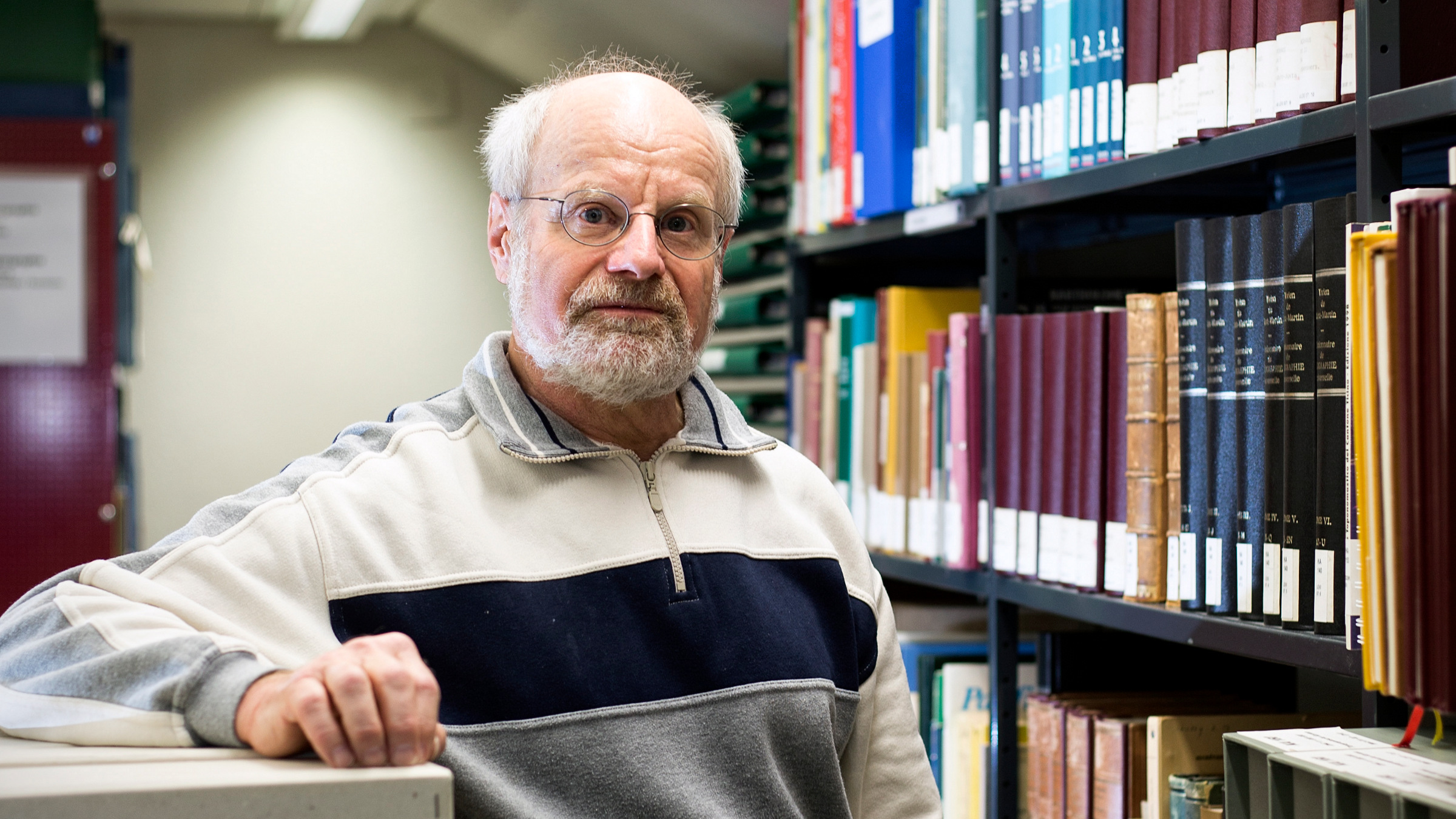



Join the Discussion (0)
Become a Member or Sign In to Post a Comment